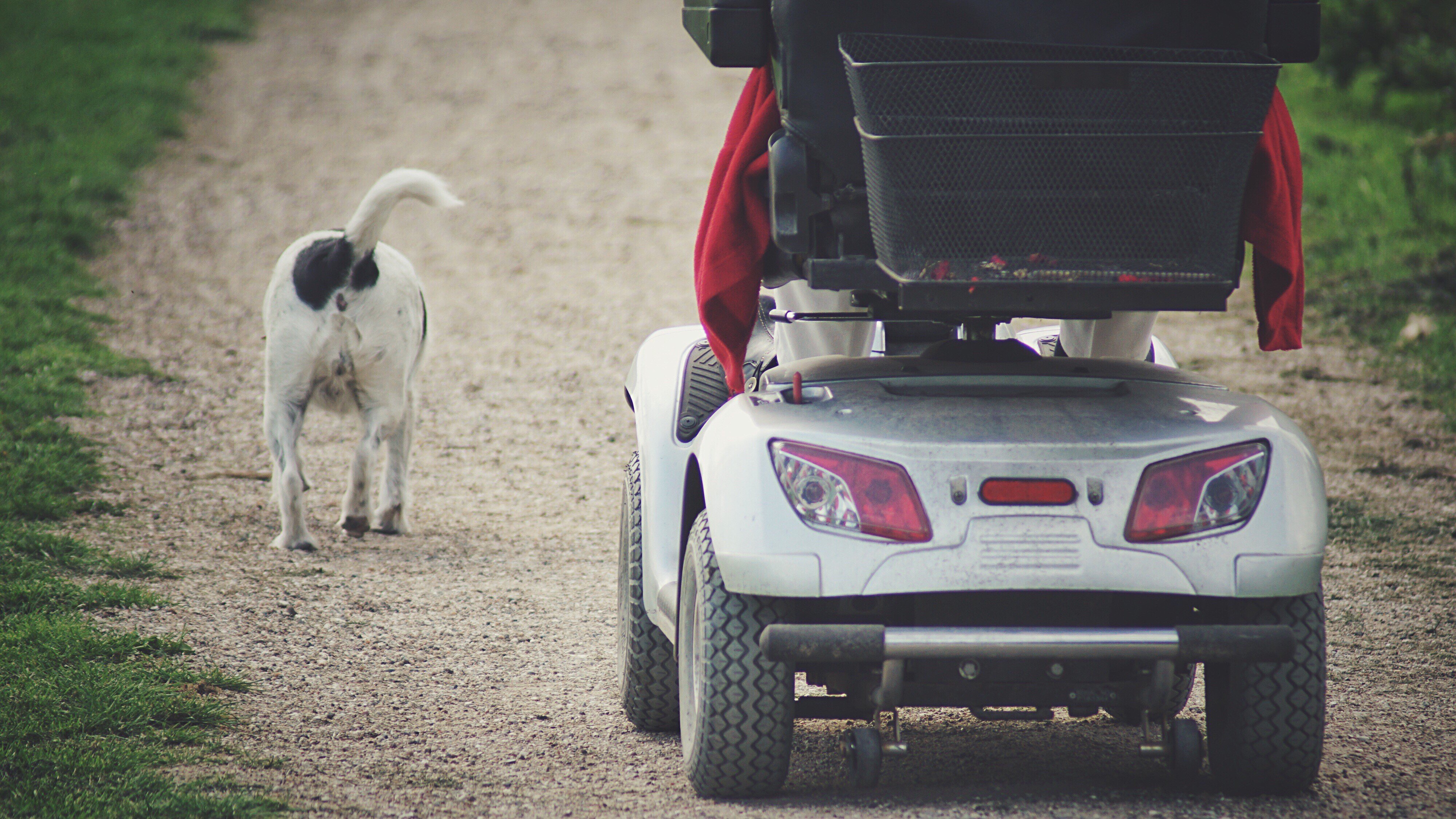Navigating the World with Ease: A Comprehensive Guide to Buying a Mobility Scooter
For numerous, the joy of exploring the world is often hindered by physical constraints. Whether it's due to age, injury, or a persistent condition, mobility can end up being a significant difficulty. Go into the mobility scooter-- a flexible and trustworthy option that can change the way people navigate their every day lives. This thorough guide intends to offer whatever one needs to learn about buying a mobility scooter, from understanding the different types to making a notified choice that suits private requirements.
Understanding Mobility Scooters
A mobility scooter is a motorized vehicle created to help people with minimal mobility. It generally features a seat, handlebars for steering, and a battery-powered motor. Mobility scooters come in different sizes and styles, each tailored to meet particular needs and choices. They are not just a method of transportation however also a tool for preserving self-reliance and improving quality of life.
Types of Mobility Scooters
Travel Mobility Scooters
- Description: Compact and lightweight, travel mobility scooters are developed for simple transportation. They can be dismantled into smaller sized parts, making them ideal for travel and storage.
- Best For: Individuals who regularly take a trip or have limited storage area in your home.
Standard Mobility Scooters
- Description: These scooters provide a balance between size and performance. They appropriate for both indoor and outdoor usage and are typically more resilient than travel scooters.
- Best For: Users who require a reputable scooter for daily use around the house and in the neighborhood.
Sturdy Mobility Scooters
- Description: Built to manage heavier users and rough surface, heavy-duty scooters are robust and powerful. They often have larger wheels and a higher weight capacity.
- Best For: Individuals who weigh more than 250 pounds or those who need to navigate unequal surface areas.
Standing Mobility Scooters
- Description: Designed for users who prefer to stand, these scooters provide an unique alternative to traditional seated designs. They are normally more compact and can be simpler to maneuver in tight areas.
- Best For: Users who have problem sitting for extended durations or prefer a more active position.
Key Features to Consider
When choosing a mobility scooter, a number of functions ought to be taken into consideration to ensure the best suitable for specific requirements:
- Battery Life: Look for a scooter with a battery that offers enough variety for your daily activities. Many scooters have a variety of 10 to 30 miles on a single charge.
- Weight Capacity: Ensure the scooter can support your weight comfortably. Requirement scooters generally have a weight capacity of 250 pounds, while sturdy models can support up to 500 pounds or more.
- Speed and Maneuverability: Consider the speed and turning radius of the scooter. For indoor usage, a scooter with a smaller sized turning radius is preferable, while outside use may need a greater speed.
- Seating and Comfort: The seat should be comfy and adjustable to support your posture. Some scooters use additional functions like lumbar assistance and adjustable armrests.
- Safety Features: Look for functions such as headlights, taillights, and turn signals to enhance presence and security. Anti-tip wheels and a safe and secure braking system are likewise crucial.
- Portability: If you plan to take a trip with your scooter, consider a design that is lightweight and easy to take apart.
Actions to Buying a Mobility Scooter
Examine Your Needs
- Identify the main use of the scooter (indoor, outside, travel, etc).
- Consider your physical constraints and any specific functions you require.
Research study and Compare
- Check out evaluations and compare different models to find the best fit.
- Visit local dealers or online stores to see the scooters personally.
Test Drive
- If possible, test drive the scooter to ensure it fulfills your convenience and performance expectations.
Think about the Cost
- Mobility scooters can vary from a couple of hundred to numerous thousand dollars. Consider your budget and any offered funding alternatives.
Check for Warranties and Support
- Make sure the scooter includes a thorough guarantee and trustworthy customer support.
Frequently asked questions
Q: Are mobility scooters covered by insurance?
- A: Some insurance coverage plans, including Medicare, might cover the expense of a mobility scooter under specific conditions. It's essential to consult your insurance supplier to understand what is covered and any requirements for approval.
Q: How frequently do I need to charge the battery?
- A: The frequency of charging depends on the battery type and use. Most scooters require charging after each use or every few days. Refer to the producer's standards for particular suggestions.
Q: Can I utilize a mobility scooter on sidewalks and in stores?
- A: Yes, a lot of mobility scooters are developed for use on pathways and in public spaces. However, it's crucial to follow regional policies and be mindful of others around you.
Q: How do I preserve my mobility scooter?
- A: Regular upkeep is essential for the longevity and performance of your scooter. This includes inspecting the battery, tires, and brakes, and keeping the scooter tidy. Describe the user manual for particular upkeep directions.
Picking the best mobility scooter is a considerable decision that can greatly impact one's quality of life. By understanding the various types, essential functions, and actions to buying, people can make an informed choice that satisfies their distinct needs. Whether it's for everyday use around the house or exploring new destinations, a mobility scooter can be a life-altering investment in self-reliance and mobility.
For those thinking about a mobility scooter, putting in the time to research, test, and compare various models is vital. With the ideal scooter, the world becomes a more available and pleasurable place.

